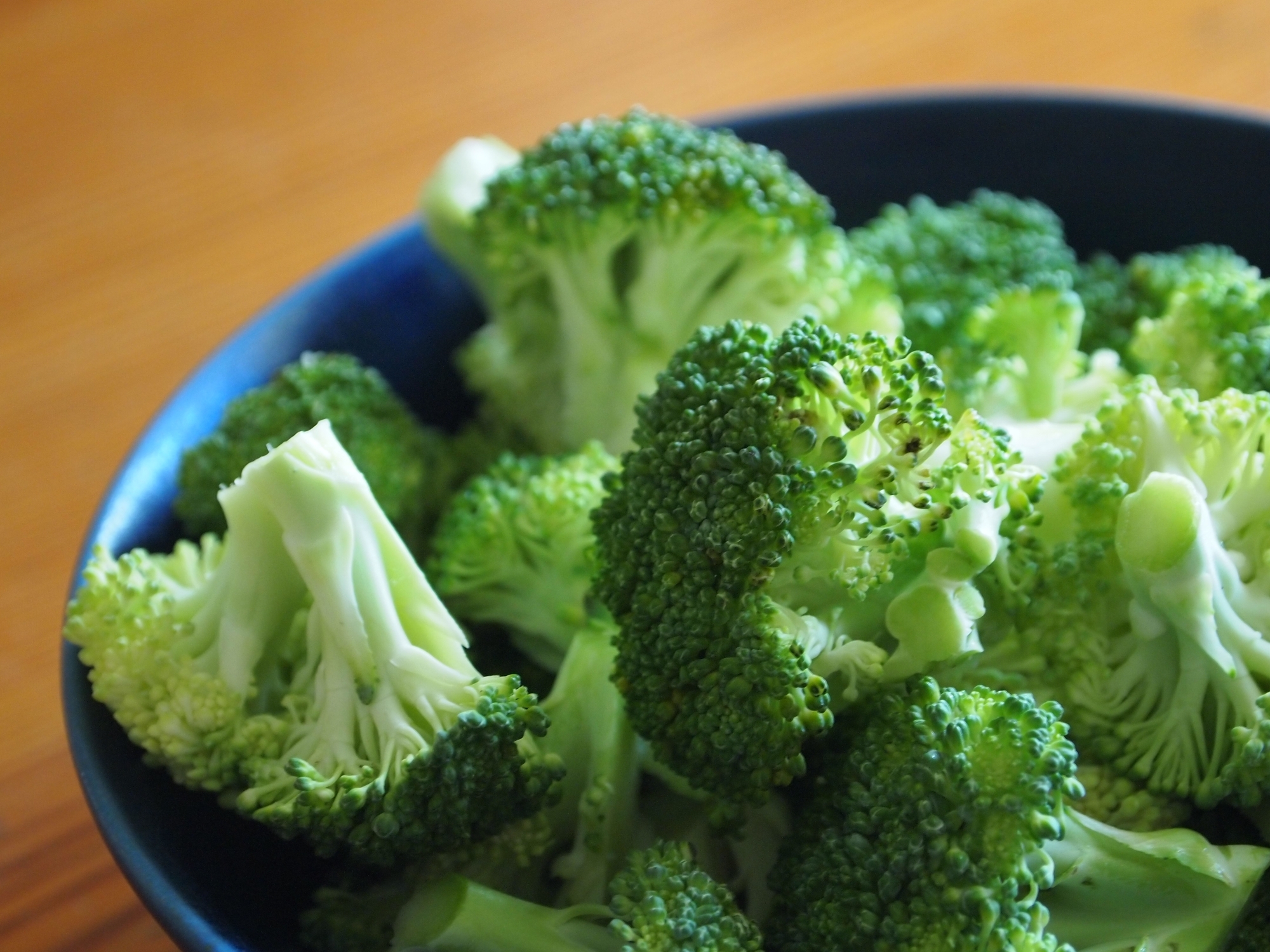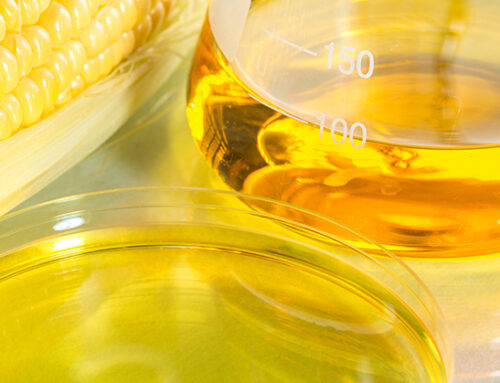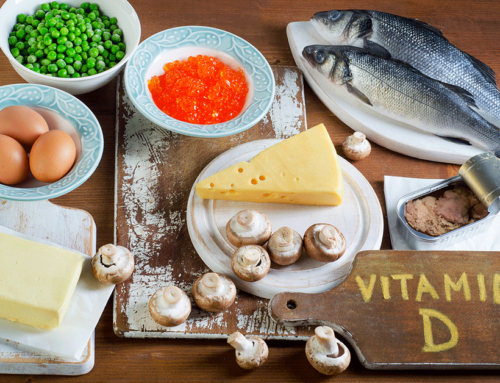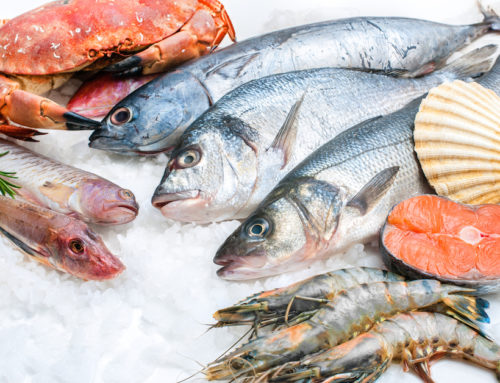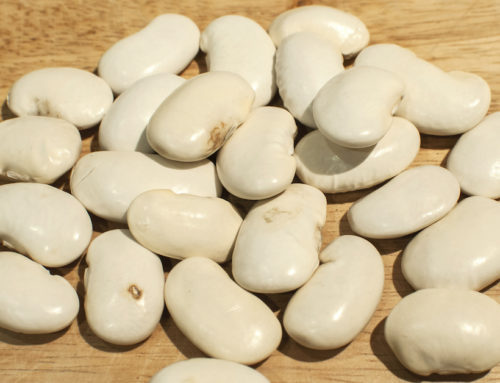Every 40 seconds somebody in the US suffers a stroke. And due to stroke’s devastating consequences, someone dies of one every four minutes.
But now researchers from the UK have proved that a chemical found in broccoli called sulforaphane turns on a protective enzyme in the brain that helps guard against stroke’s most damaging effects.
Scientists believe this extract, if taken as a supplement, could make great inroads into preventing disability and death. Here’s how. . .
Long Known as a Cancer Fighter
It’s been known for a long time that broccoli is a nutritional powerhouse.
What makes broccoli stand out – and broccoli sprouts even more so – is a phytonutrient called glucoraphanin. This compound interacts with the enzyme myrosinate, which is also found in the vegetable.
When you cut or chew broccoli, the myrosinate is released and converts glucoraphanin into biologically active sulforaphane – the stuff you want for long life and good health. Sulforaphane is a potent inducer of phase 2 enzymes. These are powerful antioxidants and detoxifiers.
For many years sulforaphane was studied only because of its potential to fight cancer.
All this changed with groundbreaking research published in 2004.
For their study, Canadian researchers fed rats prone to hypertension and stroke either 200 mg of broccoli sprouts; sprouts with most of the glucoraphanin removed, or no sprouts for 14 weeks.
There were no differences between the second and third groups. But in the first group, the mice that were fed sprouts containing all the nutrients, antioxidant enzyme systems in cardiovascular and kidney tissues were boosted, inflammation was reduced, and the risk of high blood pressure, atherosclerosis and stroke were lowered.
According to lead researcher Dr. Bernhard Juurlink, “This study is the first to show that broccoli sprouts rich in [sulforaphane and glucoraphanin] – through raising the antioxidant and thereby the anti-inflammatory capacities of cells – profoundly affect the cardiovascular system and correct major dysfunctions such as hypertension and stroke.
“Phase 2 inducers promote the production of phase 2 proteins. These proteins either promote scavenging of oxidants or decrease the chance of these oxidants being formed in the first place. The result is a huge multiplier effect. One phase 2 protein inducer likely has the same effect as thousands of typical anti-oxidant molecules.” [Emphasis added.]
Boosts Nrf2
Professor Giovanni Mann and his research team at King’s College London are currently two years into a three-year study looking at the therapeutic potential of sulforaphane in stroke.
They have found that the broccoli extract makes the blood-brain barrier less permeable. This prevents potentially damaging substances from entering the brain.
They have also found that phase 2 proteins are switched on by another substance, Nrf2. This protein regulates antioxidant and detoxification systems and cell survival genes. Nrf2 – which occurs naturally in human cells – has been called “the guardian of lifespan.” It remains latent until it is activated – which sulforaphane does.
Neurologist and author David Perlmutter, M.D., says that Nrf2 activators such as sulforaphane “…directly and dramatically amplify our innate ability to produce vast antioxidant protection by signaling our DNA. In this way, specific molecules from Nrf2-activating foods can trigger the production of thousands of antioxidant molecules, providing far better protection against the brain-damaging effects of free radicals compared to standard antioxidant supplements.”
Professor Mann is confident that a cheap sulforaphane pill could be available within five years and be very successful at reducing the brain damage associated with stroke.
Similar work is being conducted by consultant neurosurgeon Diederik Bulters and his team at the University of Southampton. They are looking specifically at a type of stroke called a subarachnoid hemorrhage and are in the middle of a trial using sulforaphane in conjunction with a drug to treat human patients.
They feel optimistic. Dr. Bulters calls sulforaphane an “exciting new treatment.”
How to Increase Your Sulforaphane Intake
A pill that offers benefits equivalent to eating three to five portions a week of broccoli would seem desirable. However, because natural sulforaphane is unstable, the chemical in the proposed supplements is in a stable synthetic form. Whether this proves to be the same as the real thing is not yet known.
It’s already possible to buy supplements of broccoli sprout extract. These may be a better option for preventative purposes.
The other alternative is simply to eat fresh broccoli or broccoli sprouts often. Frozen broccoli is less nutritious because it’s blanched before freezing. Blanching is sort of like pasteurization for vegetables. It’s a high temperature treatment that largely destroys myrosinate. As a result, frozen broccoli doesn’t have the catalyst you need to create sulforaphane.
In short, broccoli is best consumed raw (in salads, for example). The next best option is to lightly steam fresh broccoli for no more than five minutes.
If you don’t like broccoli, don’t despair. Sulforaphane is also found in cauliflower, Brussels spouts, cabbage and kale.
Even better news, if you don’t like broccoli, is that the Nrf2 gene pathway can be stimulated by coffee and chocolate. Other promoters of Nrf2 are green tea, turmeric and resveratrol.

